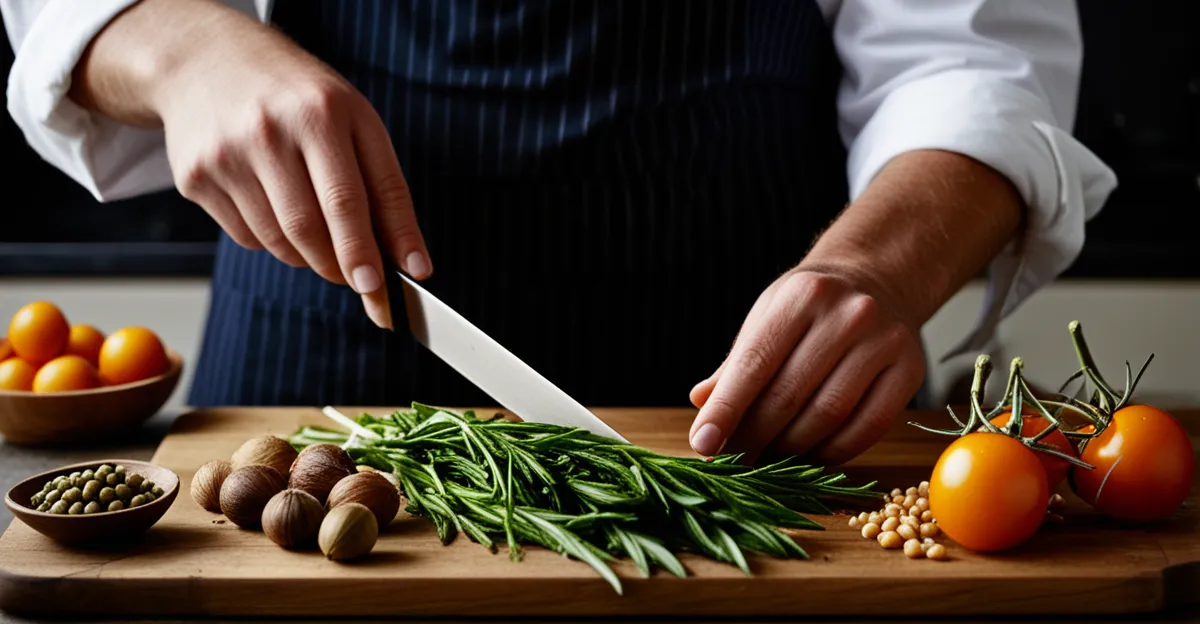The Enduring Appeal of Traditional UK Ingredients
Traditional British ingredients carry deep historical significance, shaping the distinct identity of regional cuisine across the UK. Root vegetables like swede and parsnip have been staples for centuries, valued for their hearty textures and natural sweetness. These vegetables pair harmoniously with robust meats such as lamb and beef, which are central to many classic UK recipes including roasts and stews. Cheeses like Stilton and Cheddar add rich complexity, while native herbs such as thyme and rosemary infuse dishes with authentic, earthy flavors.
The appeal of traditional British ingredients extends beyond taste; they tell the story of the UK’s agricultural and culinary heritage. This connection to history evokes nostalgia and a sense of place, strengthening cultural ties. Today, these classic UK flavors are experiencing a renaissance as chefs and home cooks alike seek to honour and preserve these heritage foods. Their resilience and versatility allow them to adapt seamlessly to contemporary cooking styles, highlighting their timelessness and sustainable qualities. As interest in provenance and local produce grows, the enduring charm of traditional British ingredients continues to inspire menus and kitchens throughout the UK.
In parallel : What are the essential ingredients for a hearty steak and ale pie?
The Resurgence of Heritage Ingredients in Contemporary Cooking
The surge in interest toward traditional British ingredients reflects a broader cultural shift valuing authenticity and locality in modern British cuisine. Chefs and food enthusiasts alike are reviving classic UK flavors by emphasizing local produce UK as a foundation for their menus. This resurgence is fueled partly by a desire to reconnect with the UK food history, celebrating ingredients with deep roots in regional farming and culinary traditions.
Culinary innovators play a pivotal role in this movement. By showcasing heritage ingredients such as root vegetables, artisanal cheeses, and native herbs, chefs highlight both the rich flavors and stories behind these foods. The emphasis on sustainability and local sourcing is intertwined with this revival, making heritage ingredients not only a culinary choice but an ecological one as well.
Also read : How Can Traditional British Ingredients Inspire Modern Recipes?
Sustainability drives the renewed interest by encouraging reduced food miles and environmental impact. Locally sourced traditional British ingredients ensure freshness and support small-scale producers, creating a positive feedback loop between consumer demand and agricultural preservation. Thus, the revival of heritage foods fits seamlessly into the contemporary culinary landscape, combining respect for tradition with the priorities of modern eaters seeking responsible and authentic dining experiences.
Benefits of Using Traditional UK Ingredients in Modern Cuisine
Traditional British ingredients offer notable health benefits UK foods naturally provide. Root vegetables like parsnips and swede are rich in fibre and essential vitamins, supporting digestion and immunity. Heritage cheeses contribute calcium and beneficial probiotics, while native herbs such as rosemary contain antioxidants that enhance wellbeing. These natural flavor profiles reduce reliance on artificial additives, making dishes both wholesome and tasty.
Sustainable eating is a key advantage of choosing traditional ingredients. By focusing on locally grown produce and time-honoured farming methods, traditional British foods promote environmental stewardship. Supporting small-scale, heritage producers reduces food miles, lowers carbon footprints, and preserves biodiversity. This ecological impact aligns with modern consumer demands for responsible food sourcing and helps maintain the rural economy.
Gourmet British foods also elevate menu uniqueness and customer appeal. The authenticity and depth of classic UK flavors set dishes apart in competitive markets. Diners increasingly seek meaningful, locally authentic experiences, and incorporating traditional ingredients satisfies this desire, enhancing satisfaction and loyalty. Thus, these foods are not only nutritious and sustainable but also valuable culinary assets in modern gastronomy.
Transforming Modern Menus: Creative Approaches with Classic Ingredients
Innovative cooking in modern menu development increasingly draws on traditional British ingredients to refresh classic UK flavors. Chefs blend time-honoured elements like root vegetables, artisanal cheeses, and native herbs with contemporary techniques to create vibrant British fusion recipes. This approach respects UK food history while appealing to adventurous palates.
For instance, slow-roasted parsnips can be paired with miso glaze—a nod to Asian influences—offering depth without overpowering the vegetable’s natural sweetness. Similarly, Stilton cheese finds new life in creamy ravioli fillings or paired with caramelized onions in gourmet burgers. Such dishes maintain the essence of heritage ingredients but present them through an innovative, modern lens.
Several UK restaurants exemplify this trend by combining rustic and refined styles. They showcase how locally sourced, traditional British ingredients adapt beautifully when reimagined with global influences. This fusion highlights the timelessness and flexibility of heritage components, encouraging diners to explore classic flavors in fresh contexts. Through inventive culinary techniques, classic ingredients remain indispensable in evolving menus, earning renewed recognition and enthusiasm in modern British cuisine.







